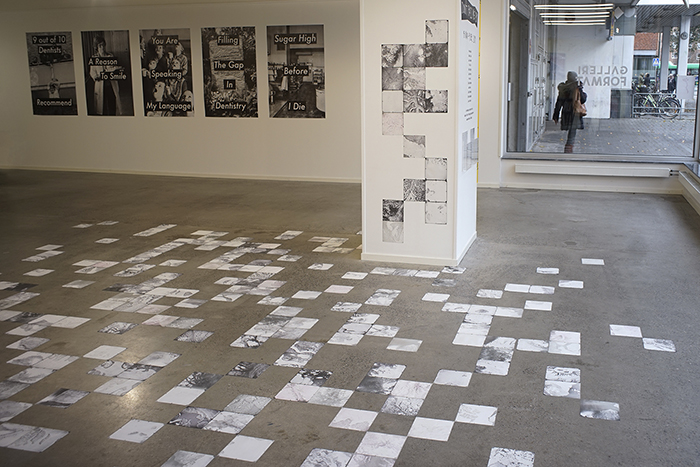
Lars Dyrendom
Under the Magnifying Glass of Photography - Lars Dyrendom
TBILISI PHOTO FESTIVAL X FUTURES
Interviewed by Ana Gabelaia
Tell us about your first introduction to photography. How did you end up choosing this medium?
I was intrigued by photography late in life, I was 21-22 years old the first time I photographed myself. I had been doing a number of educations and been in the military and not experienced that it creates quality of life. At the same time, I saw my parents focused a lot on getting material wealth and often for borrowed money. As I decided early on that it was another factor that should be important in my life.
The first time I photographed to investigate something was in connection with a large demonstration that I helped to arrange. The camera gave me the opportunity to both participate, but at the same time keep a distance and try to understand the actual experience of the demonstration. It was an incredibly powerful experience for me.
There are a number of books in your portfolio. I would say it’s another medium you use, combining artistic and curatorial work in one — gathering the works by other artists, archival material, collaborating with children, etc… Please tell us about your relationship with the printed media.
I am dyslexic and come from a home with very few books, where literature was not particularly valued. But approximately at the age of 10 I started borrowing audiobooks from the library, which opened up a whole new world for me. Here the book became something very special, and I decided very early in my life that the book was something very important. I am also a big collector of photo books.
Working with books is completely different from an exhibition. With an exhibition, one often has to write a lot of applications before it can be realized as a show, and it often takes several years. Where the book has another directness to it, here one does not need permission or someone who thinks one is skilled and one comes a long way with a copier and a stapler. The zine I created last year called ‘Polar Bear’ is made on a copy machine and I have been given a lot of attention on it. What is also exciting is that the images influence each other and the narrative is sharper in the selection. At the same time, the book invites a completely different way of collaborating, both in the form of contributions or giving its opinion, or writing a text. I have also been lucky that the first book I worked with was with very talented people, and that the book was nominated for a photo book prize in Sweden. When I work with children's books, it is with children, where it is about taking part in their thoughts and ideas and translating it into a collective narrative. In a way, allow children to write books for children.
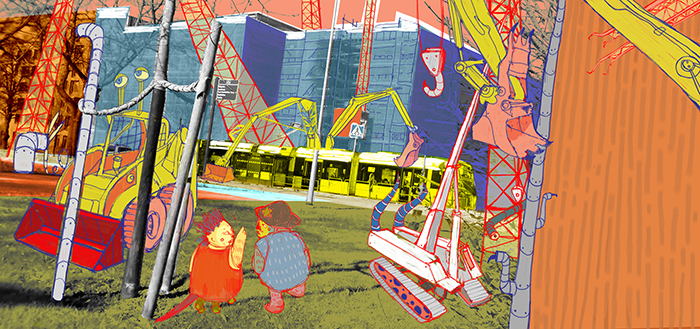
Frölundas modige monstrer. Picture from a childrens’ book. Lars Dyrendom
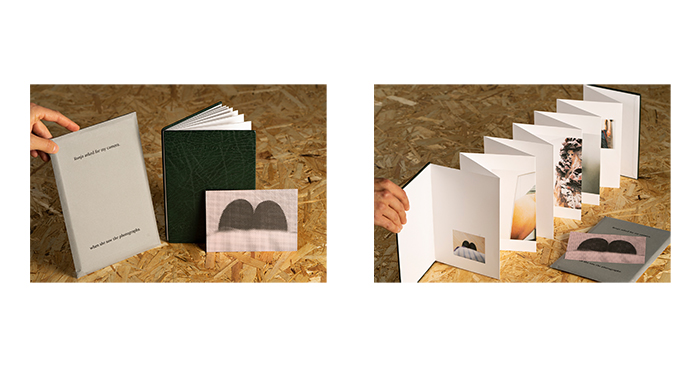
Ronja asked for my camera, when she saw the photographs. Lars Dyrendom. 2015
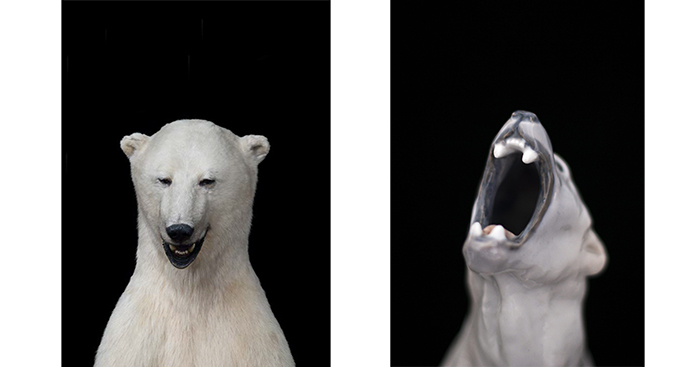
Polar bear. Zine. Lars Dyrendom. 2020
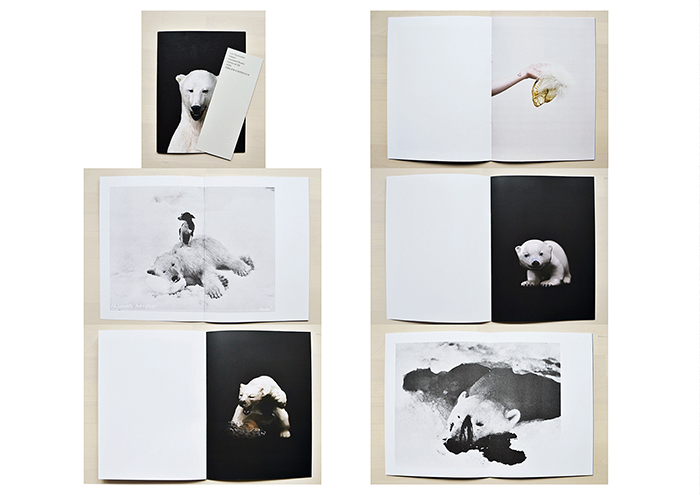
I’ve read in one of your statements that dialogue is an important part of your works, and it became clear to me as well when I went through your projects. In some of them the dialogue happens between different people, sometimes it’s places or different periods of time. Do tell us more about this matter.
At the art school, it was all about Me Me Me…
After art school, I went to a culture project manager education. Here the focus was on ‘us’! What we want, what we can, what we think is important. And that's something I've taken into my own process, everything gets better when people work together. But it is also a method for myself to continue to be curious, to allow me to ask questions and enjoy the knowledge that so many people contain. The same goes with archive materials — I can allow myself to first and foremost be curious and see the pictures, and then try to understand what they are about and how one can highlight the relevance of content.
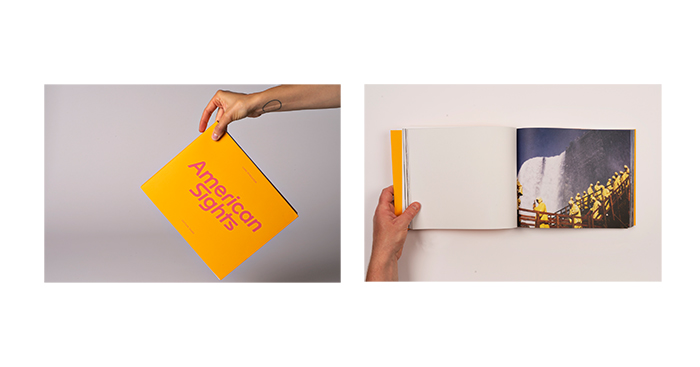
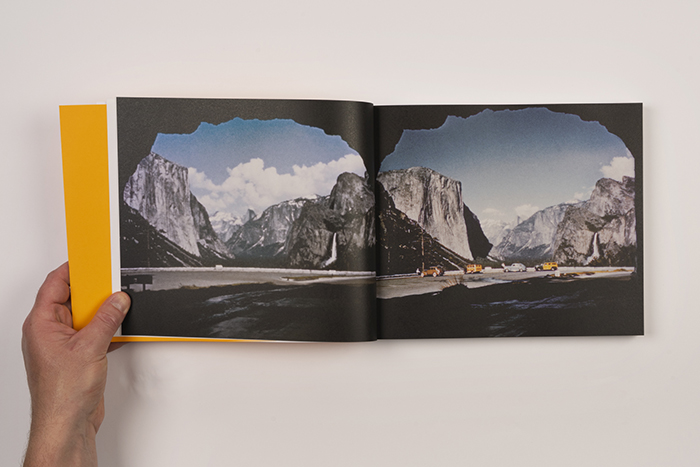
American Sights. Lars Dyrendom. 2019
In some of your works the presentation, where and how the works are exhibited, becomes the major part of the work. e.g. ‘Looking out — looking back’ or the current project you’re working on — ‘GL/DK’. Is the way of presentation part of the project from the beginning, or does it appear in the working process?
I think white space is often inaccessible, and there is something exciting about the fact that art is not in a space of its own but can become integrated in the environment where humans are, that by changing a little in everyday places it is possible to appeal to curiosity. In the project ‘Looking out — looking back’, I experienced that I was contacted several times by people, after the tide tore the pictures loose, and I had to come and fix them. It was a feeling of giving someone a gift and how they took care of it. I was expecting it to be ruined by someone drunk one night, but it did not happen. Another example is when I exhibited ‘(Colonial) Delineations’ the first time it was on the floor and kids used them to jump from picture to picture, adults took pictures of the floor and walls, something one not often experiences in a gallery — people filming the art. So when one changes perceptions about how things are and should be, we frequently become more receptive to a message and content. I sincerely hope so. But it also becomes more challenging to work in this way, which attracts me.
(Colonial) Delineations. Lars Dyrendom. Installation view

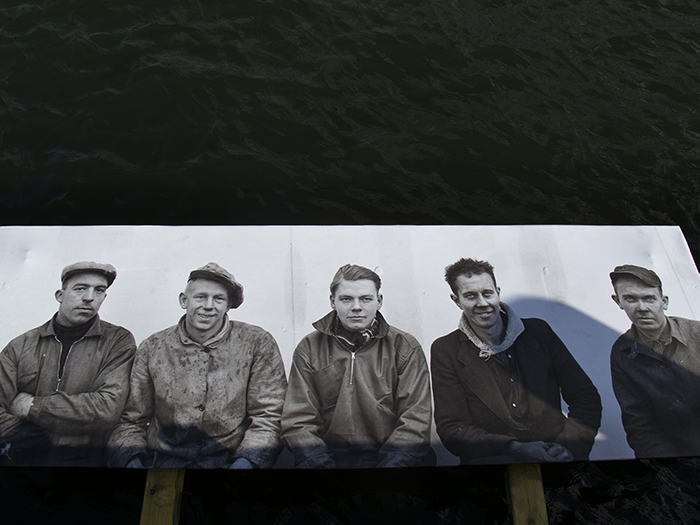
Looking out — looking back. Lars Dyrendom. Installation view
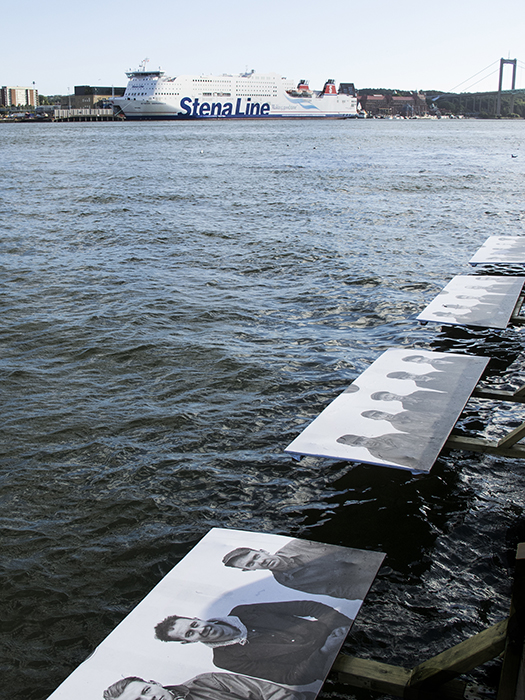
Looking out — looking back. Lars Dyrendom. Installation view
Tell us more about your ongoing project ‘GL/DK’: Why did you choose this subject, and what’s the working process like?
Greenland and Denmark have a 300-year colonial history, which still means a lot in the relationship between Greenland and Denmark, and Greenland is still a part of the Danish kingdom. Many Danes travel to Greenland, and almost 1/3 of all Greenlanders live in Denmark.
I grew up eating giant Eskimo ice cream (Eskimo is like calling a colored person a Negro), using terms like drunk as a Greenlander. I made fun of Greenlanders who lived on the edge of society, more than seeing people who needed help. I had never really thought about this before my brother moved to Greenland to work as a pedagogue both with kindergarten children but also vulnerable children, among others, at an orphanage. My brother could get these jobs, without having an education, knowledge of culture or speaking the language. I'm pretty sure my brother has his heart in the right place. That a person with such “bad” preconditions can so easily take such an important place in another society. It was a starting point. At the same time, I have never been to Greenland and only know a few Greenlanders. In my research I discovered that my experience of Greenland and the Greenlanders, to a large extent, consisted of notions of Danes about Greenland. And I begin to examine how that notion is rooted in collections and archives, and how I visualize it. So the project is based on my own lack of understanding of something that has and is part of my story and self-understanding as a national self.
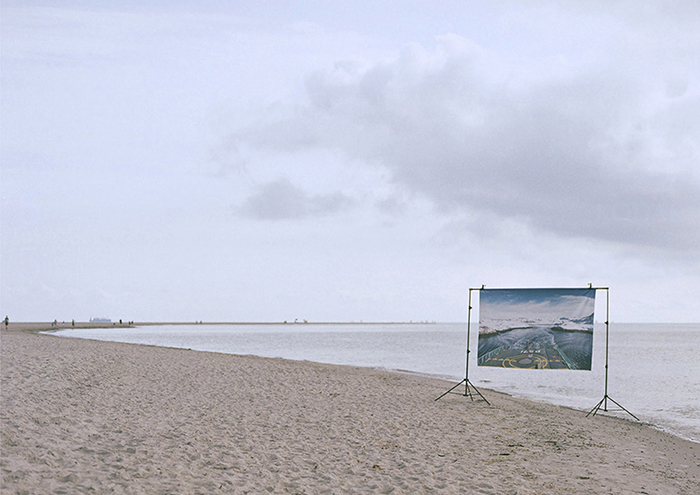
Iceberg. Lars Dyrendom. Installation view
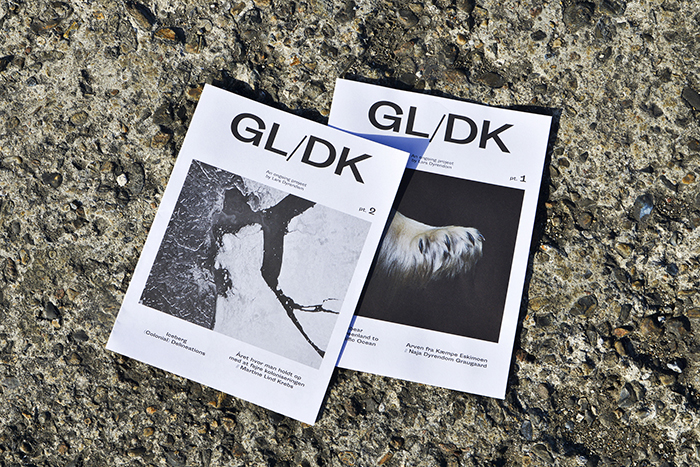
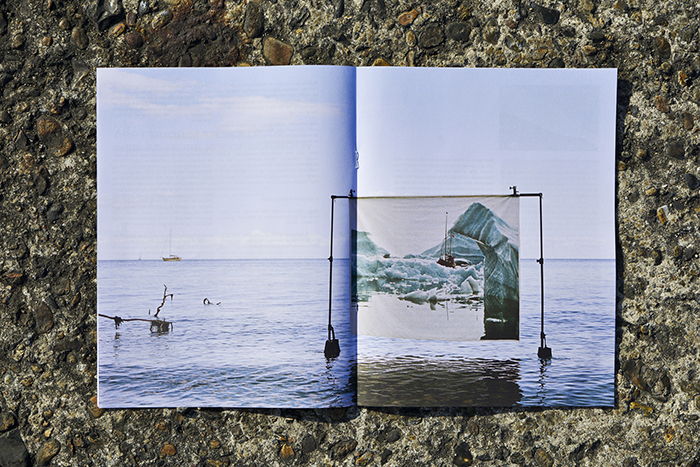
GL/DK - ongoing project publication. Lars Dyrendom. 2021
What do you think is the artist’s role in impacting the social/political processes?
I do not think there is an answer to the question, but for me personally I want my work to help provide new understandings, to expand horizons and define instead of saying something for or against. I think it is extremely important at a time when social media fills much of people's consciousness, and we are increasingly trying to find simple solutions to complex issues. A good example is that in my environment there are many who work with gender identity / queer issues, which is so incredible in so many ways. For me, it creates an expanded understanding or tools for how I can understand myself as a human being, but also how much sensitivity there is in being human. This I do not experience in many other places.
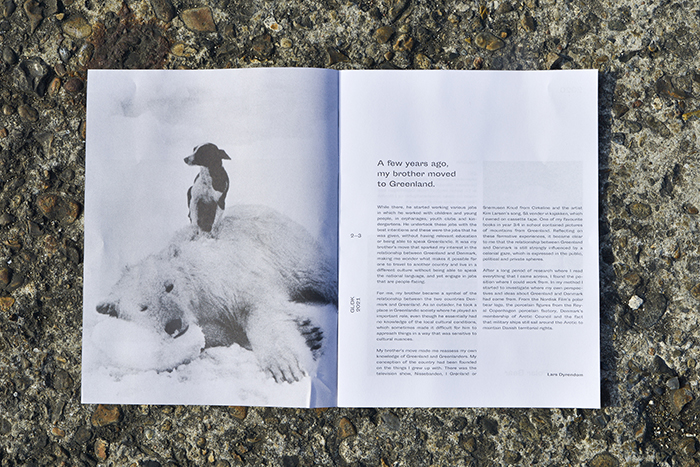
GL/DK - ongoing project publication. Lars Dyrendom. 2021
What can you say about being selected as a FUTURES talent?
Being a part of FUTURES has given me a lot of opportunities that I should never have the opportunity to create myself. Both to have an exhibition at the Copenhagen photo festival, and get contacts in different places, among others, here in Tbilisi.
Cover image: Lars Dyrendom
This series of articles are published in order to create new artistic opportunities for the Futures Talents - the photographers that are part of Futures platform. In 2020 Tbilisi Photo Festival has joined the FUTURES - Europe based photography platform co-funded by the Creative Europe program of the European Union. Futures bring together the global photography community to support and nurture the professional development of emerging artists across the world. The project implemented in partnership with Tbilisi Photography & Multimedia Museum.
